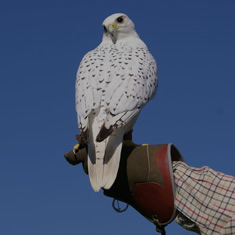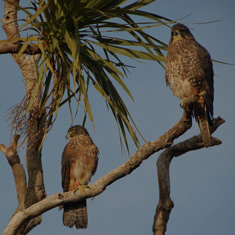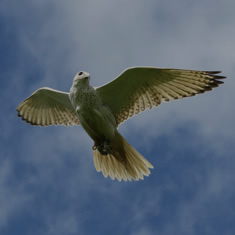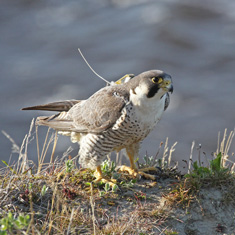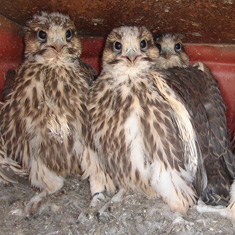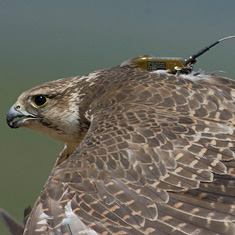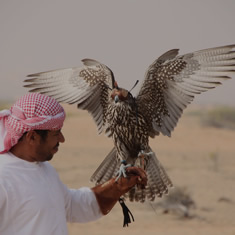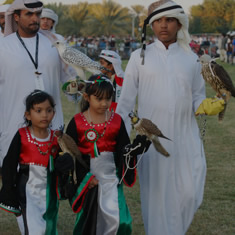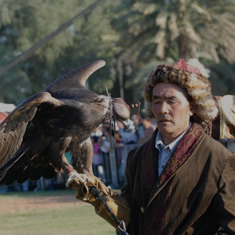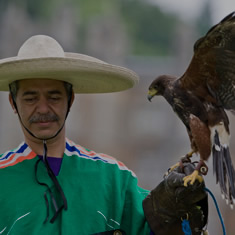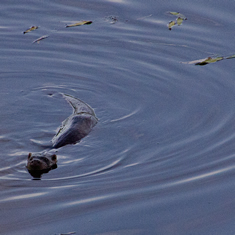- Satellite Tracking
Satellite Tracking
Introduction
Our research project is designed to provide information on the movements of calidus Peregrines using Argos satellite tracking and to study the population genetics of Peregrines across northern Eurasia. To achieve this we have selected five study localities across northern Russia, with studies to be undertaken at one location each year.
In 2009 we started this project work on the Yamal peninsula, working in the tundra catchment of the Erkuta River. In June we visited 12 Peregrine breeding territories. We trapped and fitted Argos satellite transmitters to 10 breeding adults at nine of these territories (the breeding pair was caught at one territory).
For this project IWC is working in partnership with Alexander Sokolov of the Ecological Research Station of the Institute of Plant & Animal Ecology, Ural branch of Russian Academy of Sciences and Vasiliy Sokolov of the, Institute of Plant & Animal Ecology, Ekaterinburg. Our project work in 2009, and our preliminary work in 2008, has been greatly assisted by members of the IPY-Arctic Predators Project.
Conservation and Research
- Raptor Conservation
- The Peregrine Falcon
- Mauritius Kestrel
- Red Kite Conservation
- New Zealand Falcon Conservation Project
- Migration and Movements of Saker Falcons
- Falcon Genome Project
- Electrocution of Birds of Prey
The Saker Falcon
- The Saker Falcon
- Description
- Taxonomy
- Breeding Distribution
- Breeding Population Estimates
- Wintering Distribution
- Habitat
- Hunting and Diet
- Breeding and Biology
- Migration
- Conservation Status
- Conservation Threats
- Sustainable Harvest
- Conservation overview (HH Sheikh Zayed)
- Captive breeding & research
- Bibliography
- Satellite Tracking
- Reintroduction in Bulgaria
- Reintroduction in Bulgaria
- Mongolian Artificial Nest Project Information
- Mongolian Artificial Nest Project Articles

